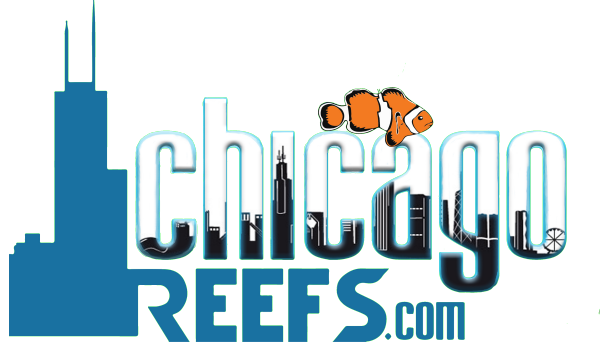Copied from thread in R2R:
Chloroquine phosphate: Treats Ich (Cryptocaryon irritans), Marine Velvet disease (Amyloodinium), Brooklynella hostilis & Uronema marinum.
How To Treat - Chloroquine phosphate (CP) is a “new drug” that actually was widely used to control external protozoa in saltwater aquariums back in the 70s & 80s. It was even used in some aquarium medications sold at LFS. Nowadays CP requires a prescription to purchase legitimately, making it more difficult to obtain. Fast forward to today and thanks to the power of the Internet, CP has come roaring back! The biggest obstacle to overcome is obtaining
pharmaceutical grade 99% pure CP. I cannot stress the importance of this enough. Do not buy it from some guy on
eBay or even an online vendor. The only way to be sure you are getting 99% pure CP is to get your vet to write you a prescription that can then be filled at a local pharmacy.
CP is a “one and done” medication, meaning you dose once and that’s it. There are no test kits for CP, so it’s important that you dose accurately using a digital scale. Also, don’t forget to dose any replacement water (from water changes, but not top off) with CP. The dosage rates are as follows:
- Prophylactic treatment is 40 mg per gallon.
- Active infections (visible symptoms present) is 60mg/gal.
- For Uronema marinum and really bad infestations, you can dose up to 80mg/gal.
As you can see, there is quite a bit of wiggle room between the minimum & maximum dosage. Practically speaking, 40mg/gal will treat
all external protozoa issues… it’s just that the higher dosages may get the job done a little faster. Treatment lasts 30 consecutive days, and no carbon, UV, etc. may be used during this time (although it can be used later when you wish to remove the medication from the water). A little quirk about CP is that it is light sensitive, so you cannot use a light on the aquarium while treating. However, this does not mean your fish have to remain in total darkness; ambient lighting (say, from a window across the room) is fine. CP is
NOT reef safe. In addition to killing your corals, it is a very strong algaecide.
Pros - Gentle on
most fish (
DO NOT USE with wrasses), a “one and done” medication that treats most external protozoa. CP is the closest thing there is to a “wonder drug” in our hobby.
Cons/Side Effects - Expensive, hard to get (requires a prescription), light sensitive; some evidence of appetite suppression with certain species (especially wrasses.) Attempts to feed CP laced food are usually not successful due to its bad metallic taste.
I started with 60mg since I had an active full blown outbreak, then went down to 40mg after 2 weeks. From my experience with it, first few days they seemed to lose any spots of Ich that were present. Then after those few days they looked like I salted them for baking, but in another few days they appeared Ich free and remained "clean" . You can read the entire thread here:
http://www.reef2reef.com/threads/chloroquine-phosphate.192309/

